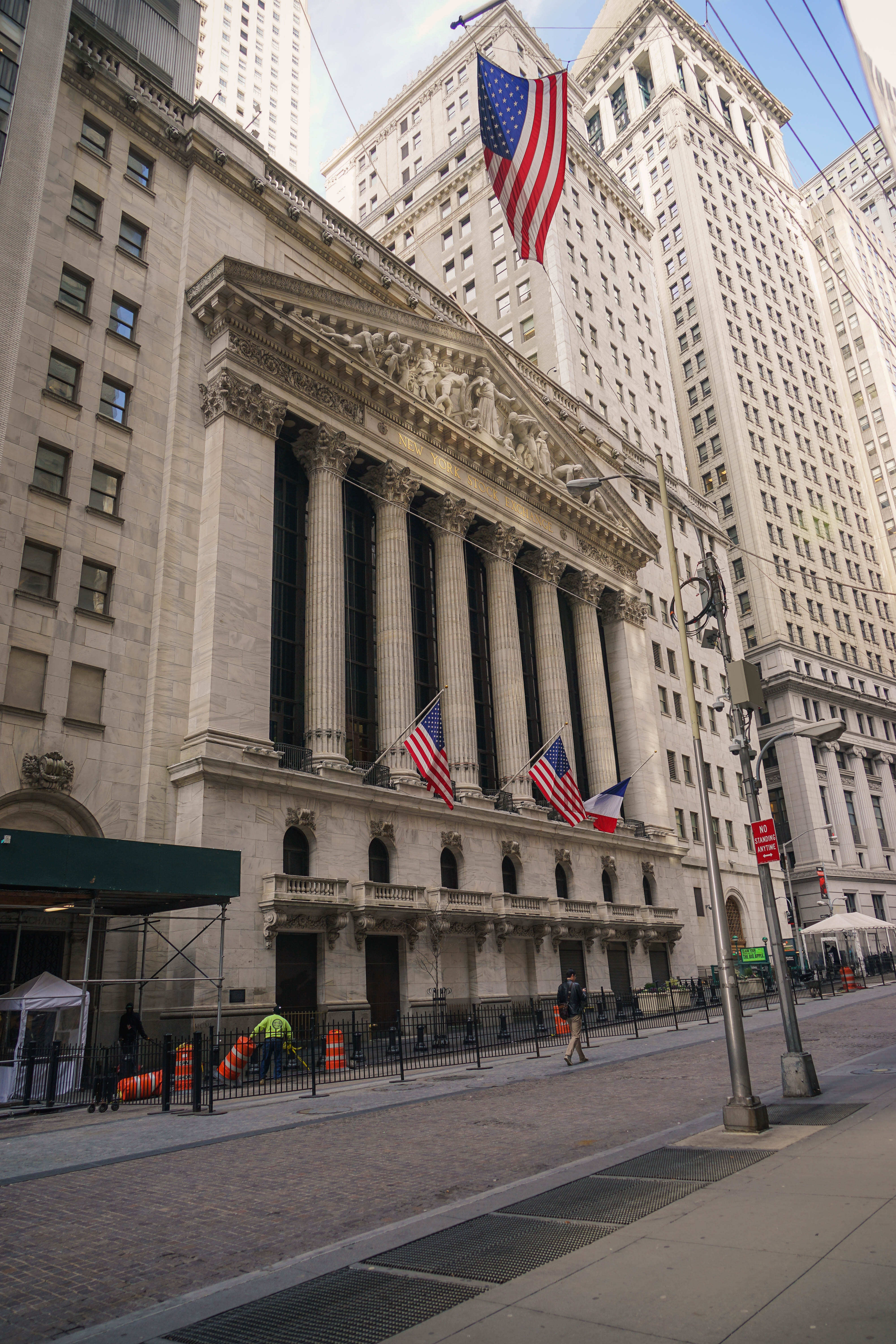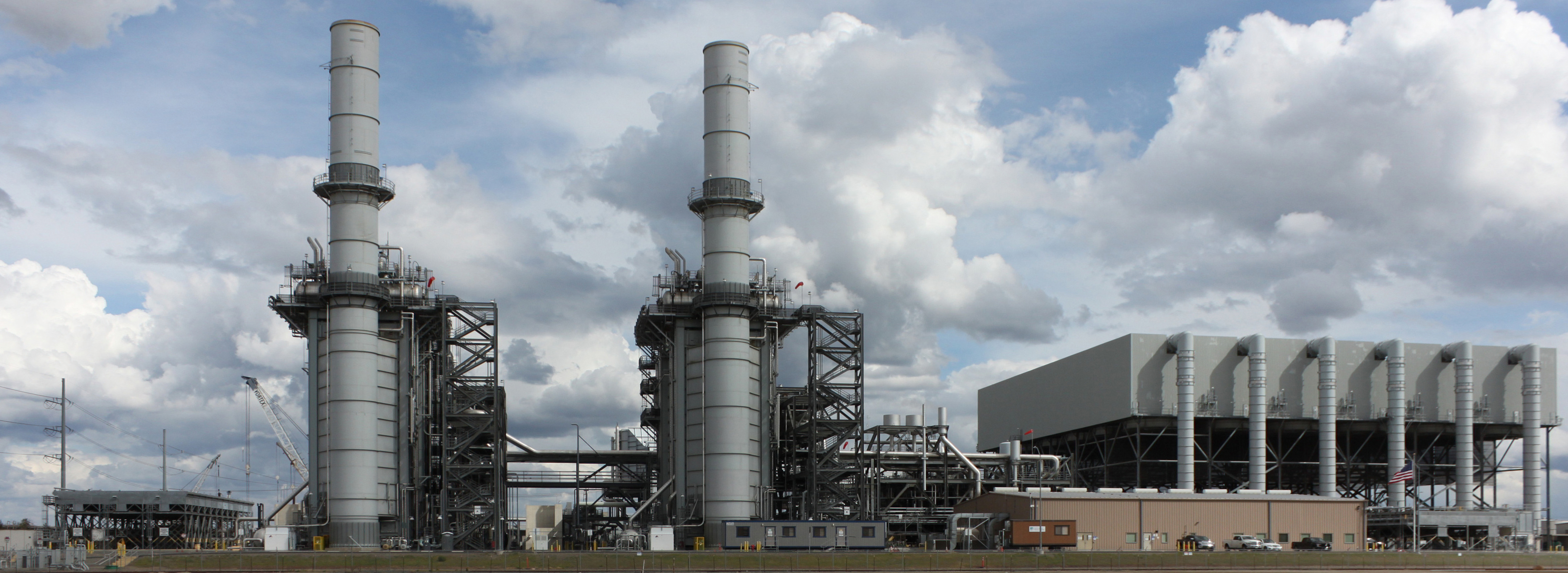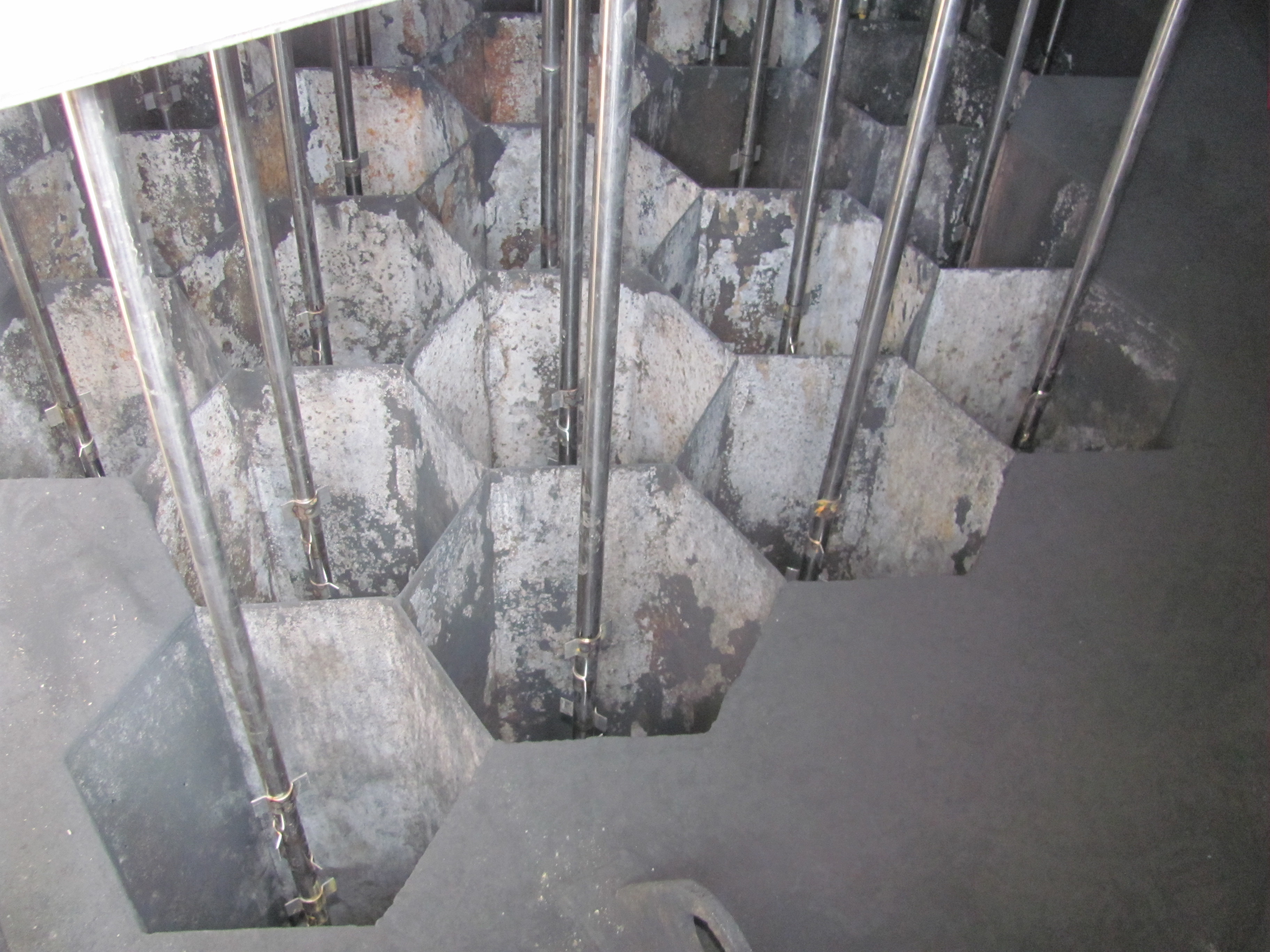|
GS Group
GS Group is one of the largest South Korean conglomerates. GS comprises GS Holdings, subsidiaries & affiliates including GS Caltex, GS Retail, GS Shop, GS EPS, GS Global, GS Sports and GS E&C among others. The asset size is 65.4 trillion KRW at the end of 2019 placing GS as the 8th largest chaebol in Korea excluding the public business companies. GS Holdings was incorporated in July 2004 and officially split from LG Group in January 2005, with the Koo family gaining full control over LG Group and the Huh family creating GS Holdings. Convenience stores and other retail companies which formerly operated under the LG logo were rebranded as "GS", which like "LG", comes from the old name, " Lucky-Goldstar". In December 2005, the company acquired 70% of the shares of GS EPS Co., Ltd. (formerly LG Energy Co., Ltd.) from GS E&C Corporation and LG International Corp. Affiliates The subsidiaries of GS Holdings are as follows: Energy and Power * GS Energy * GS Caltex * GS EPS * GS ... [...More Info...] [...Related Items...] OR: [Wikipedia] [Google] [Baidu] |
Public Company
A public company is a company whose ownership is organized via shares of share capital, stock which are intended to be freely traded on a stock exchange or in over-the-counter (finance), over-the-counter markets. A public (publicly traded) company can be listed on a stock exchange (listing (finance), listed company), which facilitates the trade of shares, or not (unlisted public company). In some jurisdictions, public companies over a certain size must be listed on an exchange. In most cases, public companies are ''private'' enterprises in the ''private'' sector, and "public" emphasizes their reporting and trading on the public markets. Public companies are formed within the legal systems of particular states and so have associations and formal designations, which are distinct and separate in the polity in which they reside. In the United States, for example, a public company is usually a type of corporation, though a corporation need not be a public company. In the United Kin ... [...More Info...] [...Related Items...] OR: [Wikipedia] [Google] [Baidu] |
GS Engineering & Construction
GS Group is one of the largest South Korean conglomerates. GS comprises GS Holdings, subsidiaries & affiliates including GS Caltex, GS Retail, GS Shop, GS EPS, GS Global, GS Sports and GS E&C among others. The asset size is 65.4 trillion KRW at the end of 2019 placing GS as the 8th largest chaebol in Korea excluding the public business companies. GS Holdings was incorporated in July 2004 and officially split from LG Group in January 2005, with the Koo family gaining full control over LG Group and the Huh family creating GS Holdings. Convenience stores and other retail companies which formerly operated under the LG logo were rebranded as "GS", which like "LG", comes from the old name, " Lucky-Goldstar". In December 2005, the company acquired 70% of the shares of GS EPS Co., Ltd. (formerly LG Energy Co., Ltd.) from GS E&C Corporation and LG International Corp. Affiliates The subsidiaries of GS Holdings are as follows: Energy and Power * GS Energy * GS Caltex * GS EPS * GS E ... [...More Info...] [...Related Items...] OR: [Wikipedia] [Google] [Baidu] |
Companies In The KOSPI 200
A company, abbreviated as co., is a legal entity representing an association of legal people, whether natural, juridical or a mixture of both, with a specific objective. Company members share a common purpose and unite to achieve specific, declared goals. Over time, companies have evolved to have the following features: "separate legal personality, limited liability, transferable shares, investor ownership, and a managerial hierarchy". The company, as an entity, was created by the state which granted the privilege of incorporation. Companies take various forms, such as: * voluntary associations, which may include nonprofit organizations * business entities, whose aim is to generate sales, revenue, and profit * financial entities and banks * programs or educational institutions A company can be created as a legal person so that the company itself has limited liability as members perform or fail to discharge their duties according to the publicly declared incorporation pu ... [...More Info...] [...Related Items...] OR: [Wikipedia] [Google] [Baidu] |
Companies Listed On The Korea Exchange
A company, abbreviated as co., is a legal entity representing an association of legal people, whether natural, juridical or a mixture of both, with a specific objective. Company members share a common purpose and unite to achieve specific, declared goals. Over time, companies have evolved to have the following features: "separate legal personality, limited liability, transferable shares, investor ownership, and a managerial hierarchy". The company, as an entity, was created by the state which granted the privilege of incorporation. Companies take various forms, such as: * voluntary associations, which may include nonprofit organizations * business entities, whose aim is to generate sales, revenue, and profit * financial entities and banks * programs or educational institutions A company can be created as a legal person so that the company itself has limited liability as members perform or fail to discharge their duties according to the publicly declared incorporati ... [...More Info...] [...Related Items...] OR: [Wikipedia] [Google] [Baidu] |
Conglomerate Companies Established In 2005
Conglomerate or conglomeration may refer to: * Conglomerate (company) * Conglomerate (geology) * Conglomerate (mathematics) In popular culture: * The Conglomerate (American group), a production crew and musical group founded by Busta Rhymes ** Conglomerate (record label), a hip hop label founded by Busta Rhymes * The Conglomerate (Australian group), a jazz quartet See also * Conglomerate Ridge Conglomerate Ridge () is a ridge, long, located east-southeast of Mount Bursik in the Soholt Peaks, Heritage Range, Ellsworth Mountains of Antarctica. The ridge trends northwest–southeast and rises to about . It was so named from the congl ..., in the Ellsworth Mountains, Antarctica * ConGlomeration (convention) {{disambiguation ... [...More Info...] [...Related Items...] OR: [Wikipedia] [Google] [Baidu] |
South Korean Brands
South is one of the cardinal directions or compass points. The direction is the opposite of north and is perpendicular to both west and east. Etymology The word ''south'' comes from Old English ''sūþ'', from earlier Proto-Germanic ''*sunþaz'' ("south"), possibly related to the same Proto-Indo-European root that the word ''sun'' derived from. Some languages describe south in the same way, from the fact that it is the direction of the sun at noon (in the Northern Hemisphere), like Latin meridies 'noon, south' (from medius 'middle' + dies 'day', ), while others describe south as the right-hand side of the rising sun, like Biblical Hebrew תֵּימָן teiman 'south' from יָמִין yamin 'right', Aramaic תַּימנַא taymna from יָמִין yamin 'right' and Syriac ܬܰܝܡܢܳܐ taymna from ܝܰܡܝܺܢܳܐ yamina (hence the name of Yemen, the land to the south/right of the Levant). South is sometimes abbreviated as S. Navigation By convention, the ''bottom or dow ... [...More Info...] [...Related Items...] OR: [Wikipedia] [Google] [Baidu] |
Companies Of South Korea
A company, abbreviated as co., is a legal entity representing an association of legal people, whether natural, juridical or a mixture of both, with a specific objective. Company members share a common purpose and unite to achieve specific, declared goals. Over time, companies have evolved to have the following features: "separate legal personality, limited liability, transferable shares, investor ownership, and a managerial hierarchy". The company, as an entity, was created by the state which granted the privilege of incorporation. Companies take various forms, such as: * voluntary associations, which may include nonprofit organizations * business entities, whose aim is to generate sales, revenue, and profit * financial entities and banks * programs or educational institutions A company can be created as a legal person so that the company itself has limited liability as members perform or fail to discharge their duties according to the publicly declared incorporation pu ... [...More Info...] [...Related Items...] OR: [Wikipedia] [Google] [Baidu] |
GS Group
GS Group is one of the largest South Korean conglomerates. GS comprises GS Holdings, subsidiaries & affiliates including GS Caltex, GS Retail, GS Shop, GS EPS, GS Global, GS Sports and GS E&C among others. The asset size is 65.4 trillion KRW at the end of 2019 placing GS as the 8th largest chaebol in Korea excluding the public business companies. GS Holdings was incorporated in July 2004 and officially split from LG Group in January 2005, with the Koo family gaining full control over LG Group and the Huh family creating GS Holdings. Convenience stores and other retail companies which formerly operated under the LG logo were rebranded as "GS", which like "LG", comes from the old name, " Lucky-Goldstar". In December 2005, the company acquired 70% of the shares of GS EPS Co., Ltd. (formerly LG Energy Co., Ltd.) from GS E&C Corporation and LG International Corp. Affiliates The subsidiaries of GS Holdings are as follows: Energy and Power * GS Energy * GS Caltex * GS EPS * GS ... [...More Info...] [...Related Items...] OR: [Wikipedia] [Google] [Baidu] |
Combined Cycle Power Plant
A combined cycle power plant is an assembly of heat engines that work in tandem from the same source of heat, converting it into mechanical energy. On land, when used to make electricity the most common type is called a combined cycle gas turbine (CCGT) plant, which is a kind of gas-fired power plant. The same principle is also used for marine propulsion, where it is called a combined gas and steam (COGAS) plant. Combining two or more thermodynamic cycles improves overall efficiency, which reduces fuel costs. The principle is that after completing its cycle in the first engine, the working fluid (the exhaust) is still hot enough that a second subsequent heat engine can extract energy from the heat in the exhaust. Usually the heat passes through a heat exchanger so that the two engines can use different working fluids. By generating power from multiple streams of work, the overall efficiency can be increased by 50–60%. That is, from an overall efficiency of the system of say ... [...More Info...] [...Related Items...] OR: [Wikipedia] [Google] [Baidu] |
Incineration
Incineration is a waste treatment process that involves the combustion of substances contained in waste materials. Industrial plants for waste incineration are commonly referred to as waste-to-energy facilities. Incineration and other high-temperature waste treatment systems are described as "thermal treatment". Incineration of waste materials converts the waste into ash, flue gas and heat. The ash is mostly formed by the inorganic constituents of the waste and may take the form of solid lumps or particulates carried by the flue gas. The flue gases must be cleaned of gaseous and particulate pollutants before they are dispersed into the atmosphere. In some cases, the heat that is generated by incineration can be used to generate electric power. Incineration with energy recovery is one of several waste-to-energy technologies such as gasification, pyrolysis and anaerobic digestion. While incineration and gasification technologies are similar in principle, the energy produce ... [...More Info...] [...Related Items...] OR: [Wikipedia] [Google] [Baidu] |
Petrochemical
Petrochemicals (sometimes abbreviated as petchems) are the chemical products obtained from petroleum by refining. Some chemical compounds made from petroleum are also obtained from other fossil fuels, such as coal or natural gas, or renewable sources such as maize, palm fruit or sugar cane. The two most common petrochemical classes are olefins (including ethylene and propylene) and aromatics (including benzene, toluene and xylene isomers). Oil refineries produce olefins and aromatics by fluid catalytic cracking of petroleum fractions. Chemical plants produce olefins by steam cracking of natural gas liquids like ethane and propane. Aromatics are produced by catalytic reforming of naphtha. Olefins and aromatics are the building-blocks for a wide range of materials such as solvents, detergents, and adhesives. Olefins are the basis for polymers and oligomers used in plastics, resins, fibers, elastomers, lubricants, and gels. Global ethylene production was 190 milli ... [...More Info...] [...Related Items...] OR: [Wikipedia] [Google] [Baidu] |



